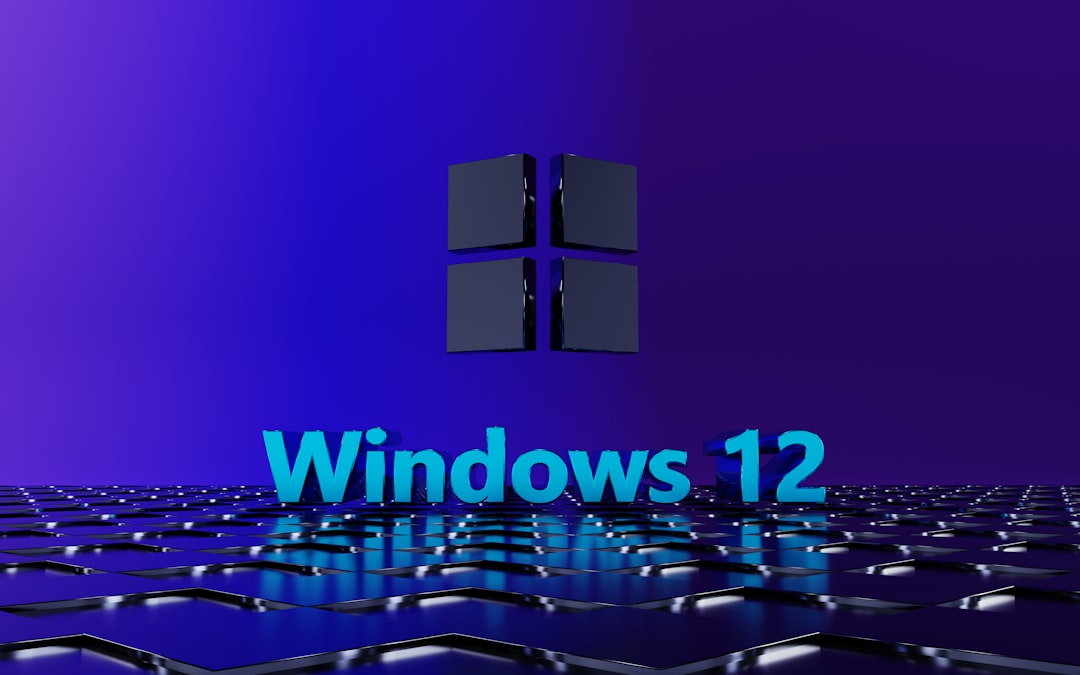Encountering an error during system maintenance tasks can be frustrating, especially when it involves critical tools such as the Deployment Imaging Service and Management Tool, better known as DISM. One particularly common issue users face is DISM Error 87. Despite its generic appearance, Error 87 typically points to something quite specific—whether it’s a mistyped command, outdated toolset, or something deeper related to system corruption.
This article delves into the causes of DISM Error 87 and offers simple, reliable solutions to help you restore functionality and maintain the health of your Windows system. Understanding the roots of the error can ease the process of correcting it, allowing you to use DISM as intended without unnecessary confusion.
What Is DISM Error 87?
DISM Error 87 is a common Windows error message that reads:
“The parameter is incorrect.”
This message appears when a DISM command is entered incorrectly or when DISM fails due to configuration problems or system corruption. It prevents DISM from completing its operation, which could be anything from checking system health to repairing Windows images.
Common Causes of DISM Error 87
There are several underlying reasons DISM might return Error 87. Identifying them helps target the right solution quickly. Here are the most frequent causes:
- Incorrect Command Syntax: Typographical or formatting errors can lead to this issue.
- Running DISM in an Unsupported Environment: For example, using DISM in an outdated Windows PowerShell version or from a non-elevated CMD prompt.
- Corrupted System Files: When Windows image files or system files are damaged or missing, DISM may malfunction.
- Outdated DISM Version: Occasionally, the DISM tool itself can be outdated compared to the currently installed Windows version.
- Third-party Conflicts: Security software and system optimizers might interfere with DISM execution.
How to Check If Syntax Is Causing the Error
The most basic and fixable cause of DISM Error 87 is errors in command-line syntax. Always ensure that the syntax used is accurate and aligns with DISM’s command structure. A typical DISM command for checking and restoring system health looks like this:
Dism /Online /Cleanup-Image /RestoreHealthKey things to check:
- There should be spaces between each switch and the command options.
- Use the correct order of arguments.
- Make sure SLASH ( / ) is used and not a different character.
Always run your command using an Administrator-level Command Prompt or PowerShell window for elevated privileges.
Effective Solutions to Fix DISM Error 87
1. Use an Elevated Command Prompt
Permissions often interfere with DISM operations. Here’s how to ensure you are running it with administrative privileges:
- Type cmd in Windows Search.
- Right-click on Command Prompt and select Run as administrator.
- Re-enter the DISM command correctly.
2. Correct the Command Format
If you typed the DISM command incorrectly, it will generate Error 87. Double-check for spelling, argument placement, or missing slashes. Here’s the correct format again for restoration:
Dism /Online /Cleanup-Image /RestoreHealth3. Check Operating System Compatibility
Certain DISM features might behave differently depending on your version of Windows. Make sure your syntax and parameters are compatible with your specific OS version. Refer to the official Microsoft DISM documentation if you’re unsure.
4. Run System File Checker
If your system files are corrupted, SFC (System File Checker) could identify and potentially fix them. To use SFC:
sfc /scannowSteps:
- Open CMD as administrator.
- Type the command above and press Enter.
Once SFC completes its scan, try the DISM command again.
5. Use Windows Installation Media or ISO
If your local Windows image is excessively corrupted, you may consider using a clean Windows ISO image for the repair process:
Dism /Online /Cleanup-Image /RestoreHealth /Source:wim:X:\sources\install.wim:1 /LimitAccessMake sure to replace X: with the drive letter of your mounted Windows ISO or USB installation media.

6. Update Windows to the Latest Version
In some situations, the DISM tool itself might be outdated or incompatible with your current operating system runtime. Ensure that your system is up to date:
- Go to Settings → Update & Security → Windows Update.
- Click Check for updates and install any that are available.
7. Disable Conflicting Third-Party Software
Occasionally, antivirus or performance-boosting tools will interfere with DISM tools. Before proceeding with advanced DISM commands, temporarily disable such software and observe whether the command runs properly afterward.
8. Reinstall or Repair Windows (as a last resort)
If none of the above solutions resolve Error 87 and the issue persists across reboots or user profiles, the best final step is to repair your Windows installation. You can do so by using:
- Windows Reset: Keeps files but reinstalls system files.
- Windows Repair Install: Using ISO and choosing “Upgrade” in setup.

Preventing Future DISM Errors
To avoid running into DISM Error 87 again in the future, adopt a few preventative practices:
- Double-check command syntax before execution.
- Use an elevated terminal routinely for system operations.
- Keep Windows updated to get the latest patches and tool improvements.
- Regularly run SFC and DISM checks as part of your system maintenance schedule.
- Avoid third-party system optimizers unless they are from reputable developers.
Conclusion
While DISM Error 87 may appear technical at first glance, it is usually caused by straightforward issues such as incorrect syntax or inadequate privileges. Tackling it doesn’t require deep technical knowledge—just careful attention to command formatting, permissions, and system configuration. With the strategies detailed above, you should be able to resolve the error and restore the intended function of DISM effectively.
For system administrators and casual users alike, knowing how to use and troubleshoot powerful tools like DISM is essential to maintaining system health and ensuring long-term stability in the Windows environment.
I’m Sophia, a front-end developer with a passion for JavaScript frameworks. I enjoy sharing tips and tricks for modern web development.
